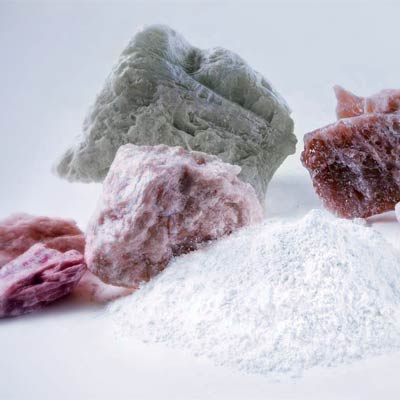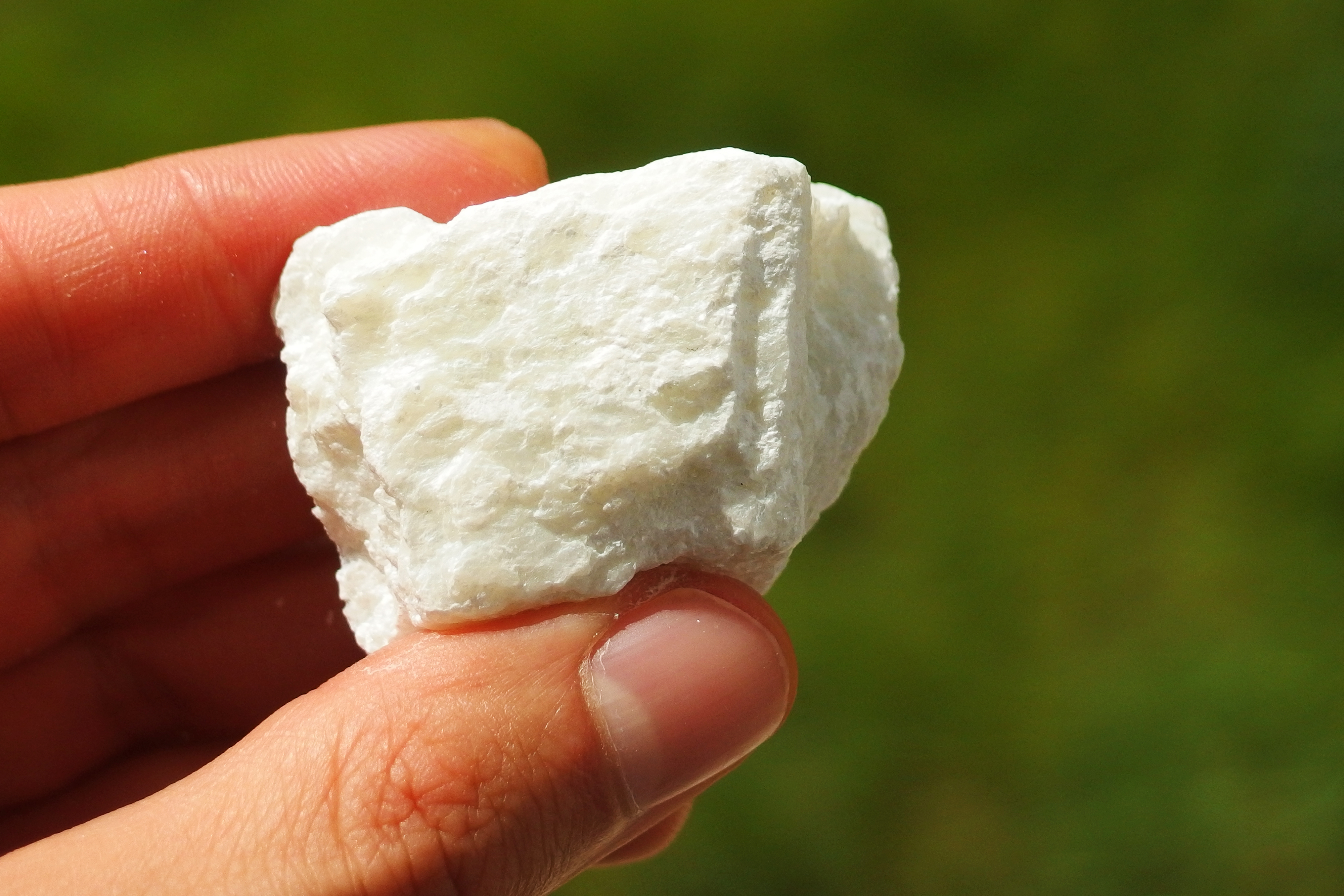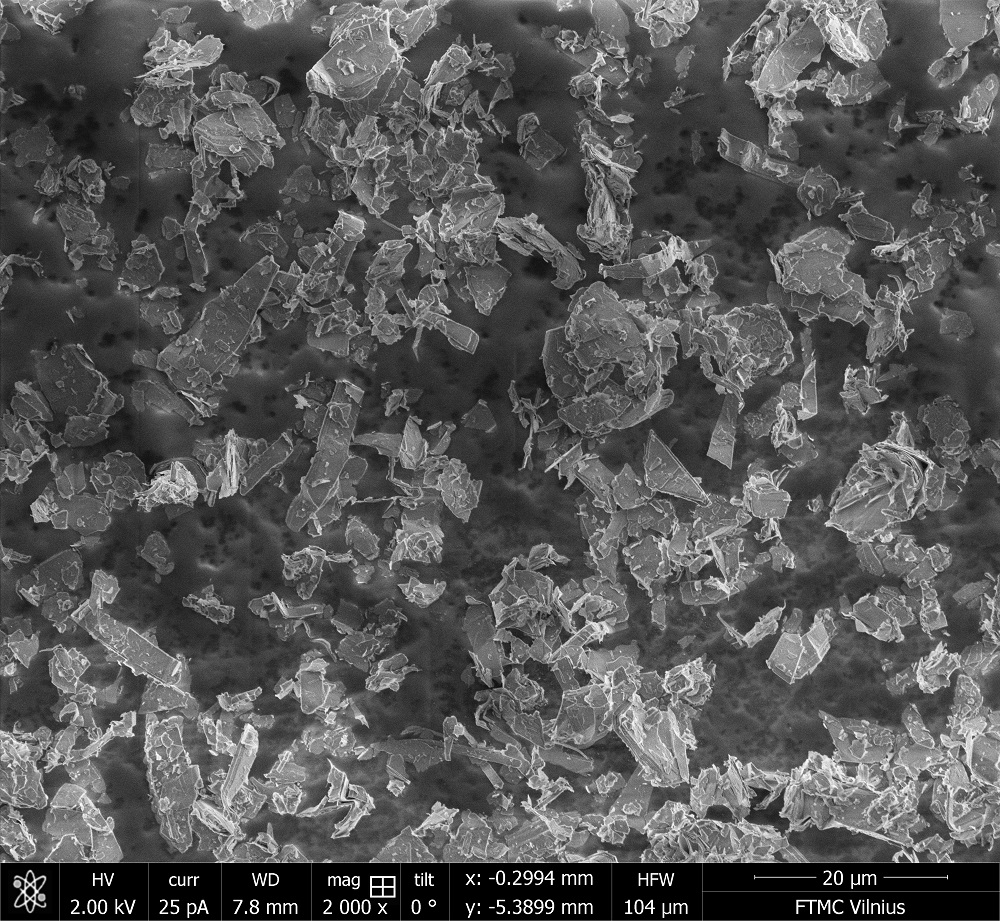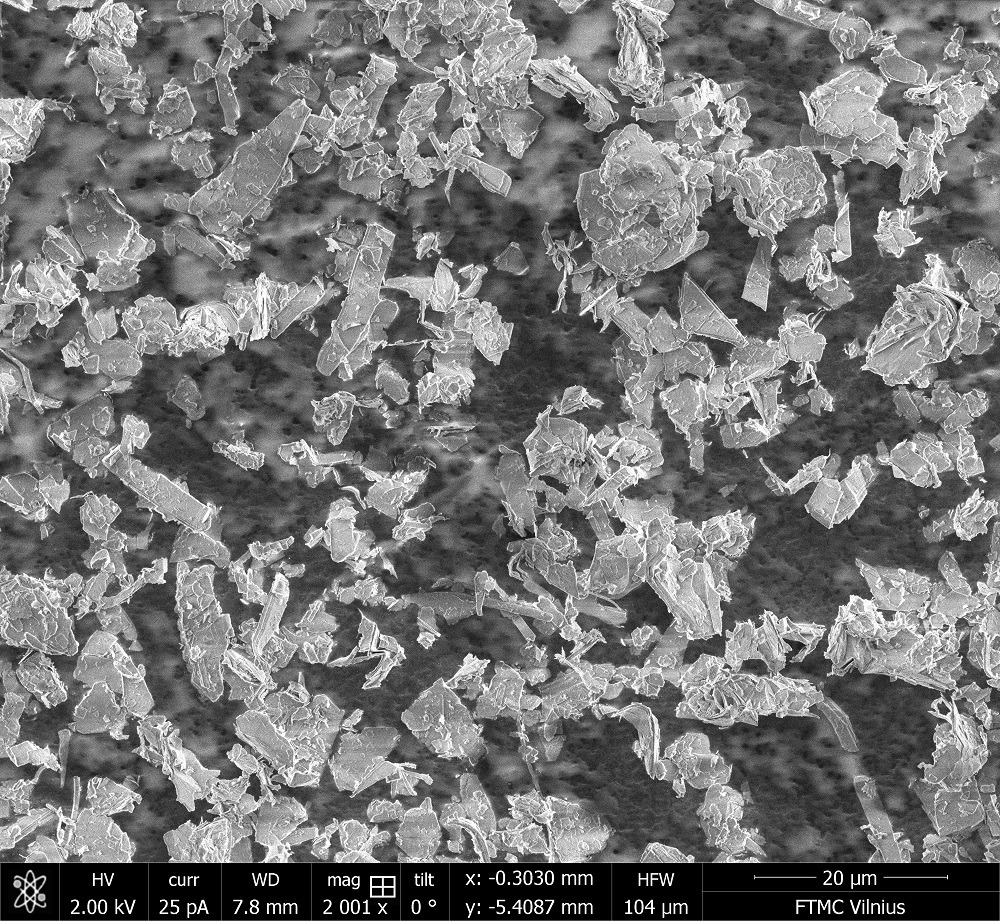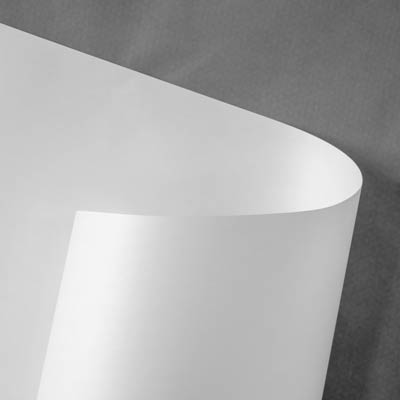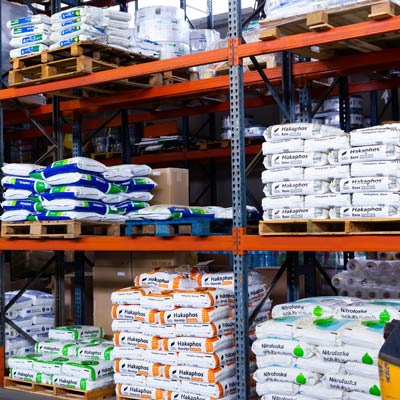About talc
Talc (the name originates from an Arabic word meaning ‘clean’, ‘white’) is a natural mineral – silicate – and the subsurface rock formed by the mineral

Key figures
What is Talc?
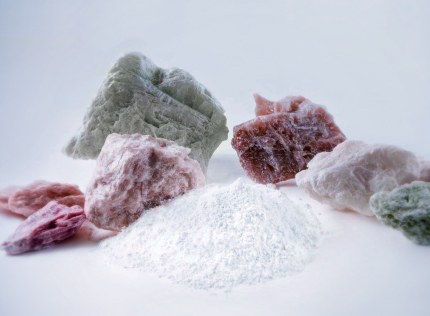
Talc is a natural mineral and a subsurface rock, which this mineral forms. It is also industrial fine-grained raw materials used in different industries, mainly as a filler.
The approximate talc chemical formula is Mg3Si4O10(OH)2. The formula can vary subject to specific chemical impurities.
Magnesium in the mineral may be replaced by other elements: ferrum, calcium, nickel; aluminum, chromium and manganese additions may also be present.
Depending on the composition and additions, the rock may have reddish brown colour; it may be white, greenish, bluish, or grayish with rose, golden and yellow tones. Its formula may vary depending on the specific chemical additions.
Geology
Talc is quite widespread in the wild. Subject to its structure and impurities (nickel, manganese, chrome, iron and aluminum), there are the following types of talc as a mineral:
- Agalite. Has acicular structure. The crystal needle fibers are arranged in almost parallel position, in one direction.
- Minnesotaite. Characterized of iron content (replacing magnesium), which embrowns it.
- Steatite. Characterized of compact structure. Also called soap stone or soap rock.
- Willemseite. Characterized of bluish or greenish tint due to nickel content. More than half of magnesium in the mineral is replaced with nickel.
- Noble talc. High-density semi-transparent stone. Susceptible to processing.
- Soapstone (talc-chlorite).

Physical properties
Talc has the following properties:
- Odorless.
- Water-insoluble.
- Is inert to acids, works to the tank bottom.
- Good adsorbing material.
- Absorbs odors well.
- Low thermal conductivity.
- Low hardness of 1 on the Mohs hardness scale.
- Low density (2.75 kg/m³).
- Fire-resistant.
- Transforms into a very hard material when strongly heated (800-900°C).
- Good dispersive capacity.
- Fine-grained talc powder and water form indiscernible substance.
Talc is a chemically inert hydrophobic compound resistant to the majority of acids and atmospheric agents. Three-layer talc crystals are characterized of quite high internal bond, yet of very low between-crystal bond.
This defines many of the physical and mechanical talc characteristics, namely its softness, sliminess, lubricity, adherence, high fissility and reducibleness. The above characteristics of the mineral condition its wide use in various industries.
Product markets



